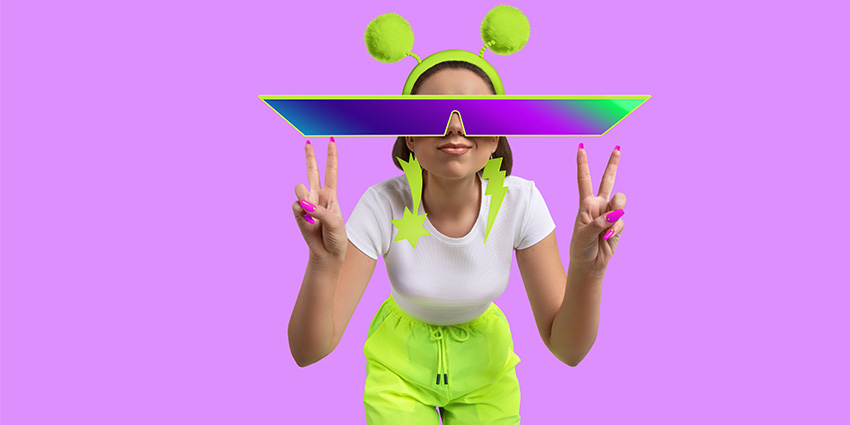There are various ingredients involved in creating an influential WordPress blog. Companies need to understand the audience and create content relevant to their interests. They also need to plan keywords and backlinking tactics to improve the search engine potential of each post.
One of the most common areas business leaders overlook when creating blog posts is the visuals. While having the right image connected to content might not seem as important as writing a high-quality piece, it’s crucial to pulling traffic to any post.
The “Featured Image” on WordPress helps brands highlight the purpose of each post to customers browsing through your content. It’s also critical to make a website more exciting and engaging. Here’s what businesses need to know when leveraging WordPress featured images.
What is the Featured Image in a WordPress Post?
To optimise a featured image, it’s first important to differentiate this visual from the other photos and pictures in a blog post. A featured image is a single image designed to represent the purpose, mood, or theme of the content in a blog post. Essentially, it’s the cover image for each post.
Featured images generally appear at the top of the page when a website visitor clicks on a link too. It’s also possible to use featured images as “thumbnails”. This means the visual is positioned alongside the title for the content in the list of posts on your blog.
A featured image can come in many forms. Some companies design their own pictures from scratch with the help of a graphic designer, or upload photos. Other businesses might use stock images relevant to the blog post in question.
How Do You Set a Featured Image in WordPress?
Setting a featured image in WordPress is relatively straightforward. Start by clicking into the editor for the post or page, and click on the gear “settings” icon in the top right corner. In the settings panel, underneath the “Post” tab, select “Featured Image then “Set Featured Image” to upload a visual.
Users can upload a featured image from their computer or choose one from your existing media library on WordPress. In the Alt Text field, add the alternative text designed to describe your featured image to anyone using a screen reader.
It’s also possible to add captions, titles, and descriptions to the featured image on this page. Click “Set featured image”, then go back to the page editor. Click “Preview” here to see the featured image in the context of the post.
How to Optimise a WordPress Featured Image
The first step is to choose and upload a featured image for a WordPress post. Companies also need to optimise these images to ensure they have the best chance of attracting readers. Here are a few tips to ensure every featured image makes the right impression:
- Use high-resolution images: The featured image is the face of a WordPress site’s entire post or page. This means it’s essential to choose a picture with a high resolution that looks crisp and clear. Larger images will also be able to scale more easily to different page sizes for viewers on various devices.
- Get the size right: The recommended length for a WordPress featured image is 1200 x 628 pixels. However, it is possible to choose an image more significant than this in some cases. Companies may also prefer to select a different aspect ratio based on the WordPress theme. Going into “Settings” then “Media” in WordPress allows users to customise the image sizing specifications for their blogs.
- Aim for consistency: Using the same style or design of image across a website can be a great way to create a more consistent theme. It makes sense to stick to a specific aesthetic on any website, whether illustrated pictures or photos. Some companies even prefer to look for images with particular colours and font styles.
- Be relevant: WordPress can automatically choose a featured image for a blog post from the media library uploaded for the blog. In the past, this has led countless companies to use featured images which don’t represent what the post is all about. The featured image should provide contextual insights into what the content will cover. It needs to be relevant to the information in question.
- Keep it simple: Often, the best WordPress featured images are neat, uncluttered, and straightforward. Overwhelming photos can be too distracting when companies try to draw attention to the blog’s content. A simple idea is easier to digest and will usually be able to load a lot faster than a complex image.
It’s also worth making sure each featured image is optimised for SEO. This means choosing a high-resolution, fast-loading image whenever possible. Adding alt text to the idea, meta description, and title can also give a post more ranking opportunities.
Choosing a WordPress Featured Image
When selecting a WordPress featured image, companies need to keep in mind, that they should always have the right to the visual. Picking random images found on Google can land organisations in trouble from a copyright perspective.
Brands not able to take their photographs or create images from scratch should ensure they’re using “Royalty free” images. Various stock photo websites online offer royalty-free images for businesses to use. However, because these pictures are so accessible, they tend to end up on many different websites, which can detract from a company’s unique image.
Master Your WordPress Featured Images
While a featured image might only be one part of creating a successful WordPress post, it’s essential to attracting readers and loyal followers. The right photos make posts more engaging and exciting while providing context into what the post is all about.
Learning how to optimise and use featured images effectively can help organisations to get the most out of their WordPress posts.









